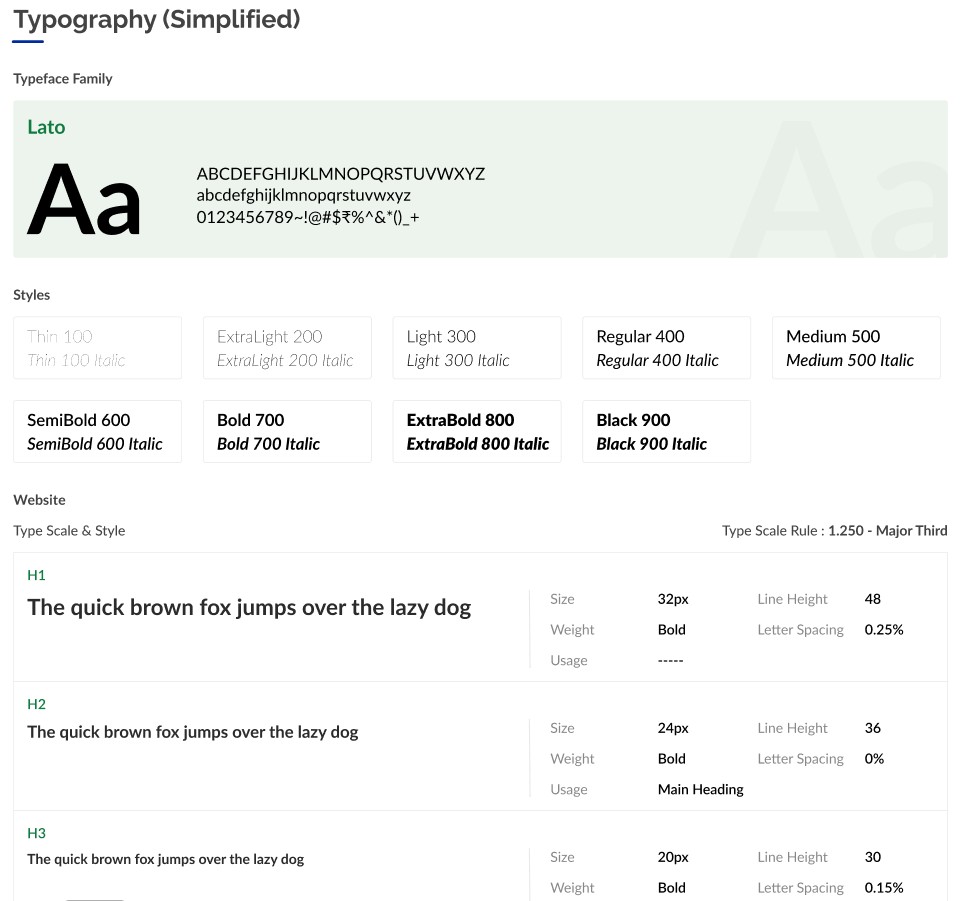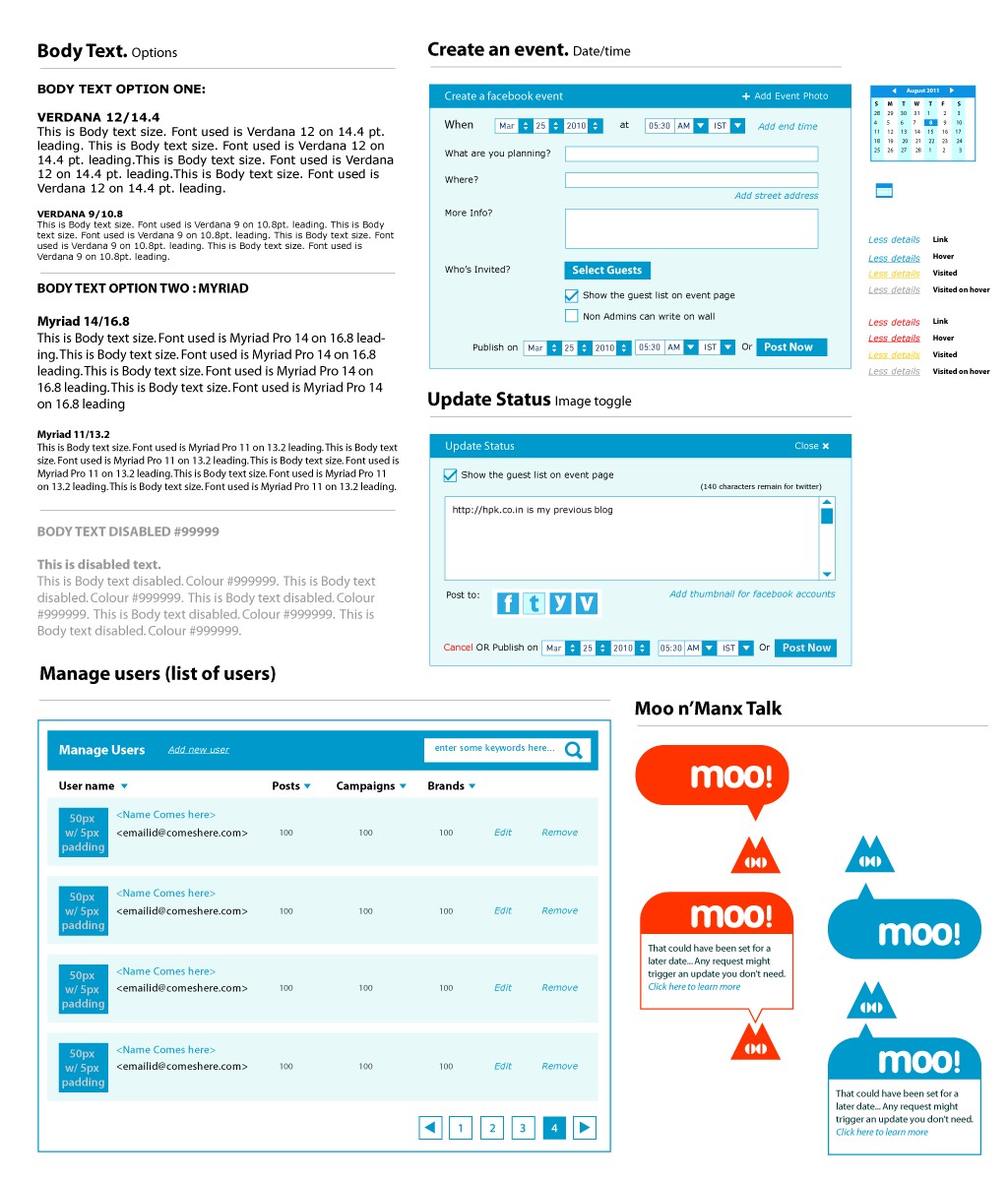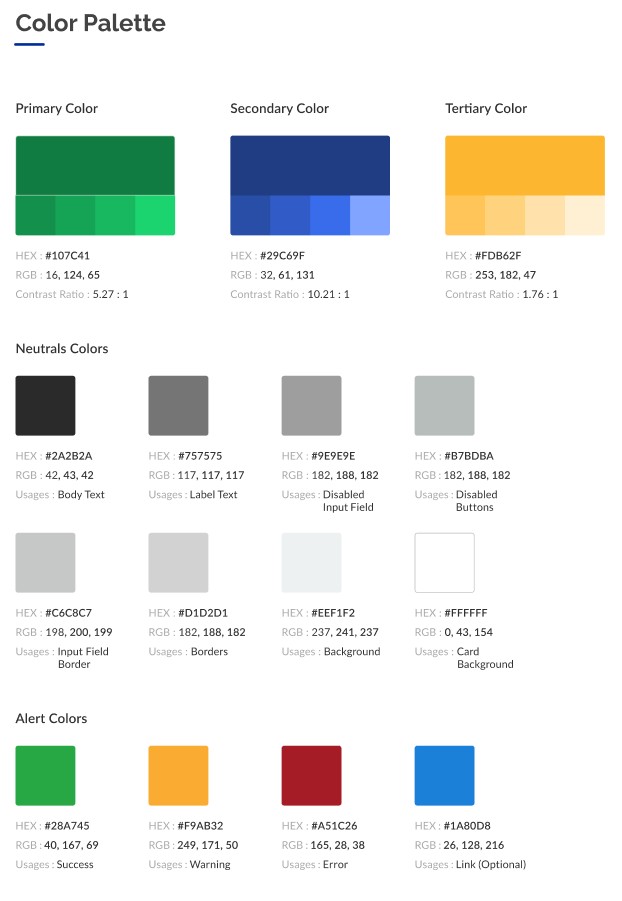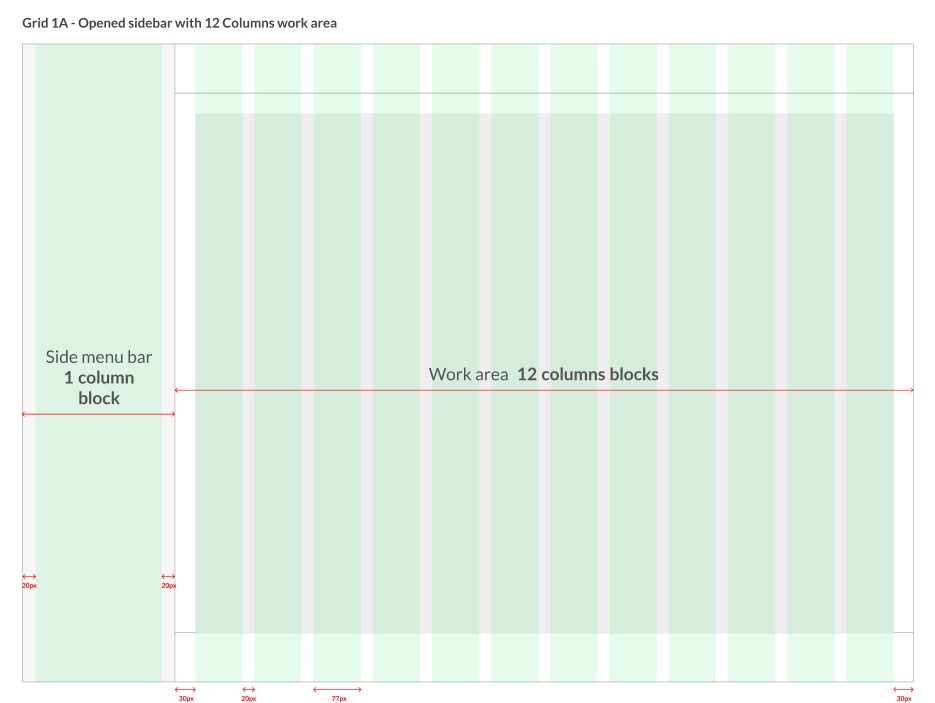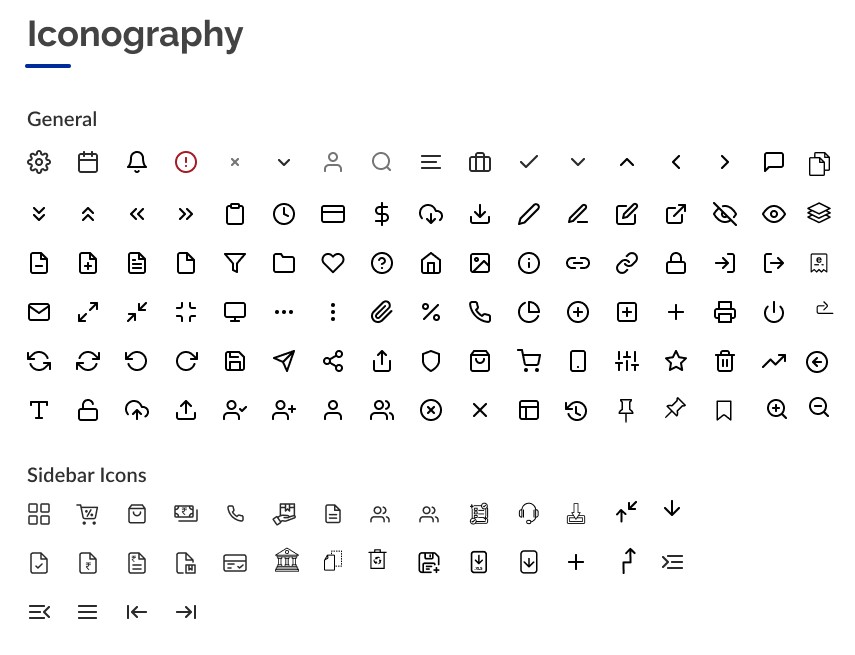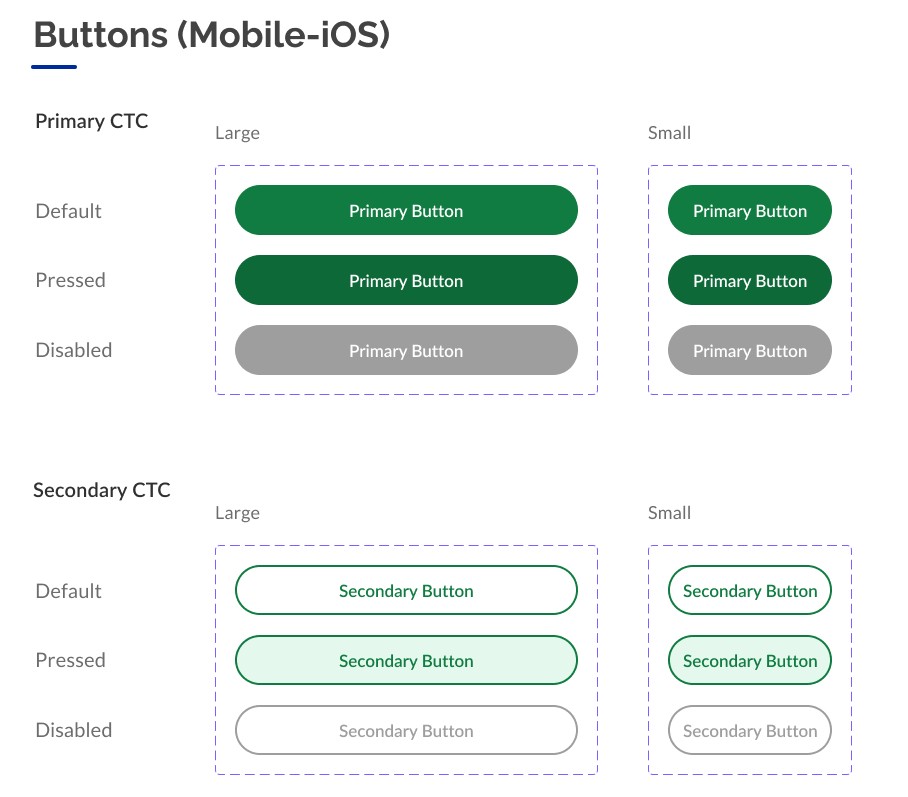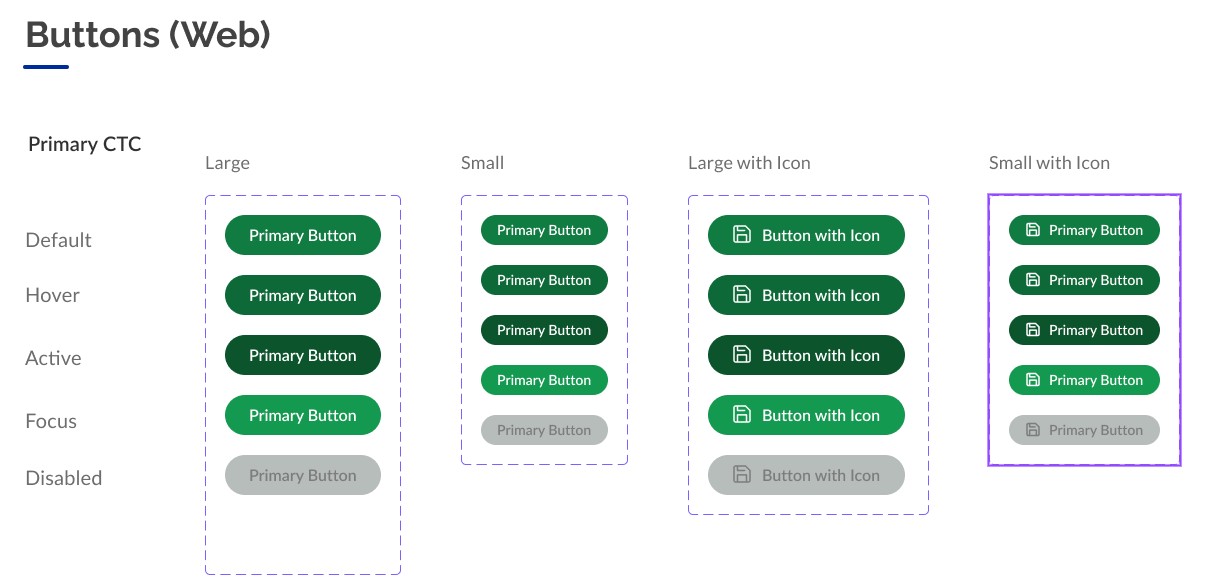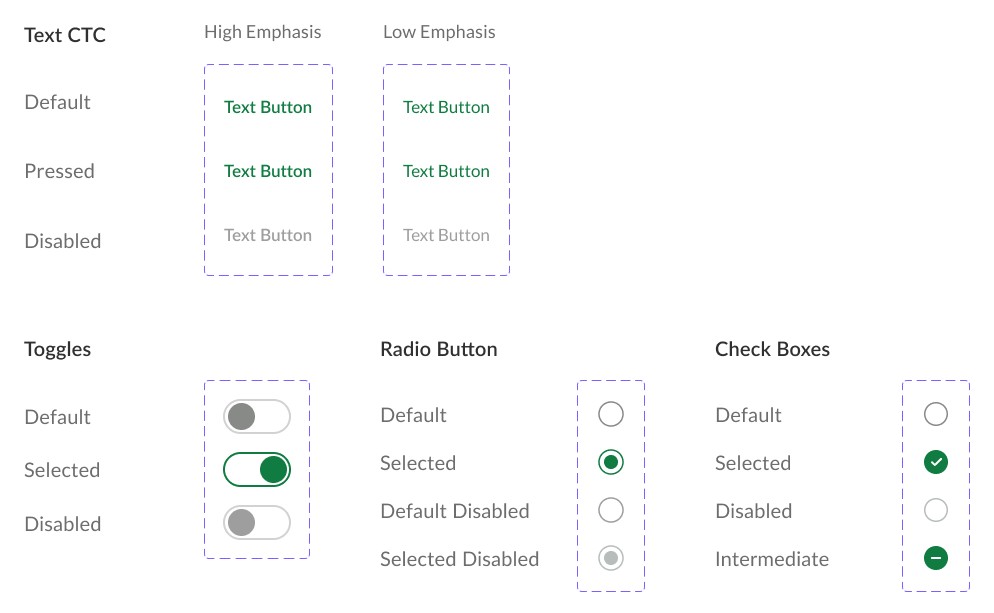Design system are a set of standards that help develop software faster and consistently in an organization. They help standardize and scale up software development for organizations with complex multi-channel or multi-product offerings. Unlike style guides, design systems go far beyond just describing UI elements and also document rationale behind design decisions, the tonality of communication, standard component properties, usage suggestions, component codes and quiet often design patterns eg. login interaction.
Design systems works as a single source of truth for development teams across projects ensuring speed and efficiency.
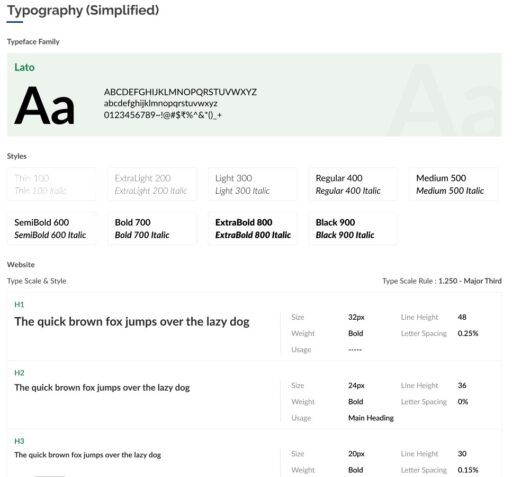
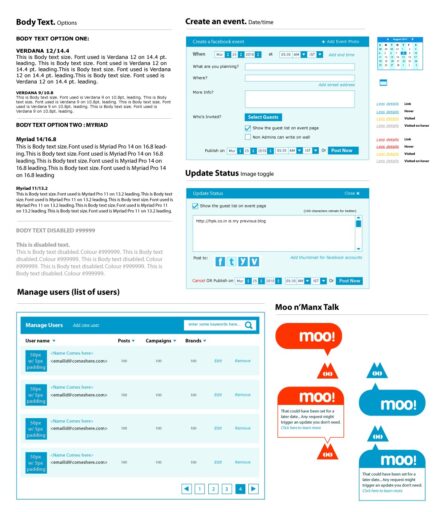
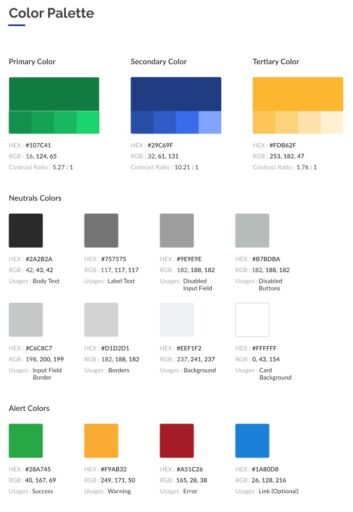
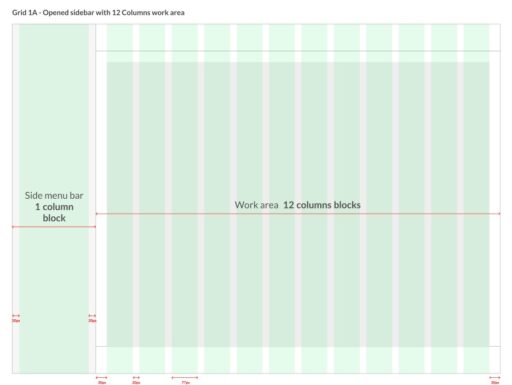
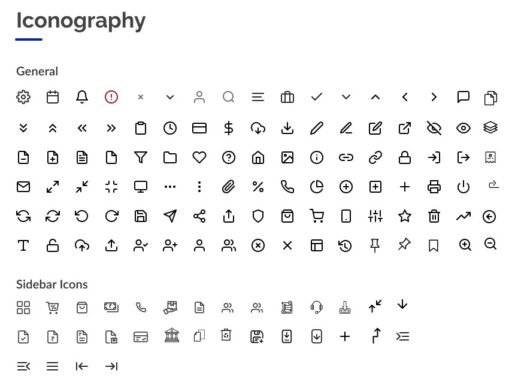
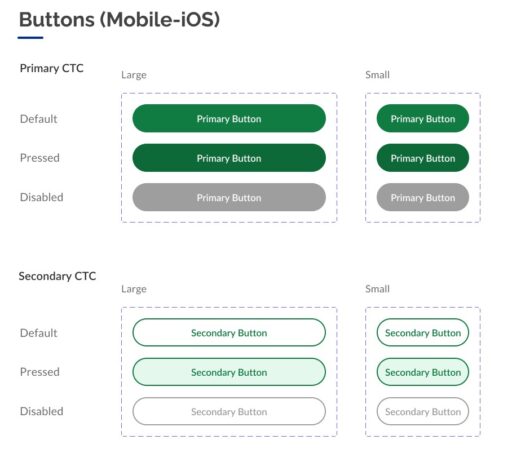
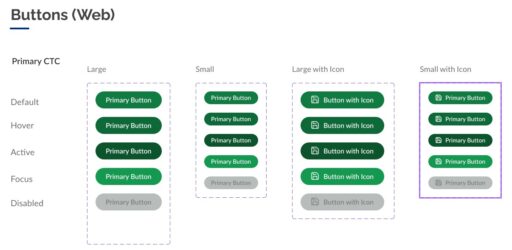
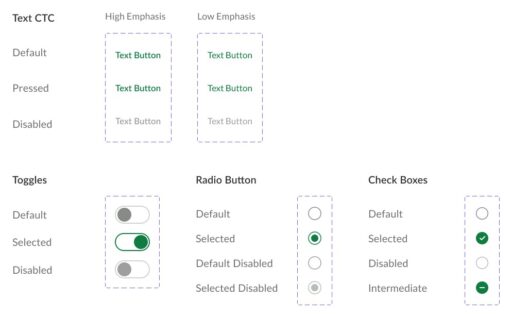
Design system advantages
- Development work can be automated and replicated quickly and at scale
- Using design patters, common design scenarios can be handled by development teams, reducing strain on design resources
- Updating software UI, especially visual design and branding becomes trivial
- Getting new designers and developers up to speed become faster
- Reduces guess work from developers reducing inconsistency and risk of UX fails
- Introduces consistent language of communication between design and development team, leading to better team cohesion and amazing products
Is your organization ready for a Design System?
Although its a buzz word in the UX community, not every organization needs (or can afford) a design system. This doesn’t mean design systems are not beneficial or helpful, but there is a certain cost/benefit threshold an organization has to cross before they can reap the benefits of a design system.
Resource threshold
- You have have an experienced designer in your organization
- Your user/customer base is at least in the thousand plus range
- You can assign at least one technical resource to the design team (> 20 hours per week)
- You have a dedicated content writer or content manager (good to have)
Cultural Threshold
- Your design and development teams work on an equal footing i.e. not subordinate to each other
- Your leadership, yes you and the C-suite, is willing to dedicate time and money for at least a couple of quarters before they see benefits
- You are willing to spend time and resources training your development team to use and contribute to your design system
Let me know if you have any other items to add to the above lists.
Alternate to design systems?
Most small teams and companies can get by, simply using open source design systems with virtually no or very little customization.
Insights from our experts
Learn about our culture, research methods and design philosophy.
Beyond a Digital Business Card: Websites for local contractors
For local contractors – whether you are in Richmond, Vancouver, Burnaby, Surrey, or anywhere in…
